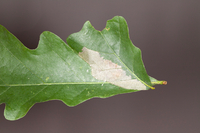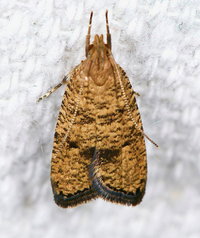
| Recorded by: Jim Petranka on 2025-07-24
Madison Co.
Comment: Specimen was dissected (male; FWL = 6 mm). | 
| Recorded by: Jim Petranka on 2025-05-16
Madison Co.
Comment: |

| Recorded by: Mark Basinger on 2025-05-11
Wilson Co.
Comment: | 
| Recorded by: Mark Basinger on 2025-05-11
Wilson Co.
Comment: |
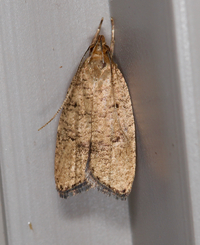
| Recorded by: Jim Petranka on 2024-08-19
Madison Co.
Comment: | 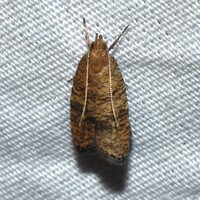
| Recorded by: David George, Jeff Niznik, Kevin Bischof on 2024-08-07
Transylvania Co.
Comment: |
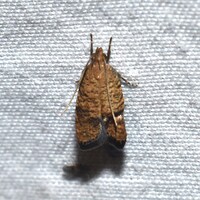
| Recorded by: David George, Jeff Niznik on 2024-08-06
Transylvania Co.
Comment: | 
| Recorded by: David George, Jeff Niznik on 2024-08-05
Transylvania Co.
Comment: |
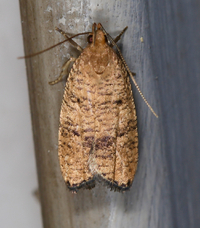
| Recorded by: Jim Petranka on 2024-07-31
Madison Co.
Comment: | 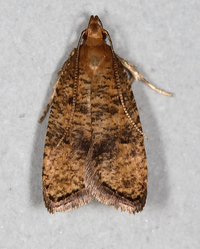
| Recorded by: Jim Petranka and Becky Elkin on 2024-07-28
McDowell Co.
Comment: |

| Recorded by: Jim Petranka on 2024-07-22
Madison Co.
Comment: | 
| Recorded by: David George, Jeff Niznik on 2024-07-08
Chatham Co.
Comment: |
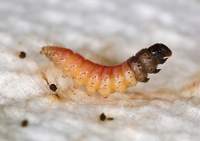
| Recorded by: Jim Petranka and Becky Elkin on 2024-07-07
McDowell Co.
Comment: A larva from a White Oak leaf tie. | 
| Recorded by: Jim Petranka and Becky Elkin on 2024-07-07
McDowell Co.
Comment: A larva from a White Oak leaf tie. |

| Recorded by: Jim Petranka and Becky Elkin on 2024-07-07
McDowell Co.
Comment: | 
| Recorded by: David George, Jeff Niznik, Stephen Dunn on 2024-06-29
Chatham Co.
Comment: |
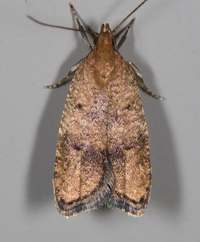
| Recorded by: Jim Petranka on 2024-06-07
Madison Co.
Comment: | 
| Recorded by: David George, Jeff Niznik on 2024-06-01
Chatham Co.
Comment: |

| Recorded by: Emily Stanley on 2024-05-22
Buncombe Co.
Comment: | 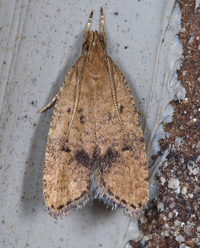
| Recorded by: Jim Petranka on 2024-05-22
Madison Co.
Comment: |
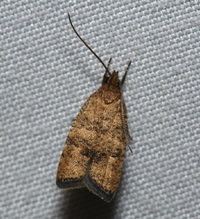
| Recorded by: David George, Stephen Dunn, Jeff Niznik on 2024-04-29
Chatham Co.
Comment: | 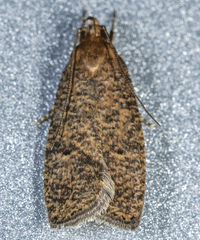
| Recorded by: John Petranka and Chuck Smith on 2024-04-23
Gates Co.
Comment: |

| Recorded by: Avery Young on 2023-09-15
Buncombe Co.
Comment: | 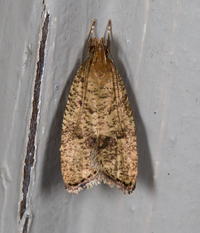
| Recorded by: Jim Petranka on 2023-08-22
Madison Co.
Comment: |

| Recorded by: David George, Stephen Dunn, Jeff Niznik on 2023-08-18
Caswell Co.
Comment: | 
| Recorded by: Jim Petranka on 2023-08-17
Madison Co.
Comment: |
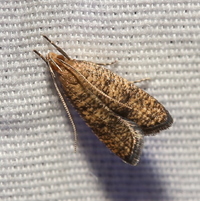
| Recorded by: David George, Stephen Dunn, Jeff Niznik on 2023-07-31
Swain Co.
Comment: | 
| Recorded by: David George, Stephen Dunn, Jeff Niznik, Rich Teper, Becky Watkins on 2023-07-30
Swain Co.
Comment: |
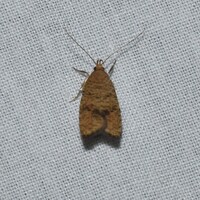
| Recorded by: David George, Stephen Dunn, Jeff Niznik, Rich Teper, Becky Watkins on 2023-07-29
Swain Co.
Comment: | 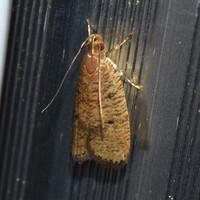
| Recorded by: Stephen Dunn, Jeff Niznik on 2023-07-26
Chatham Co.
Comment: |
|

 »
»

